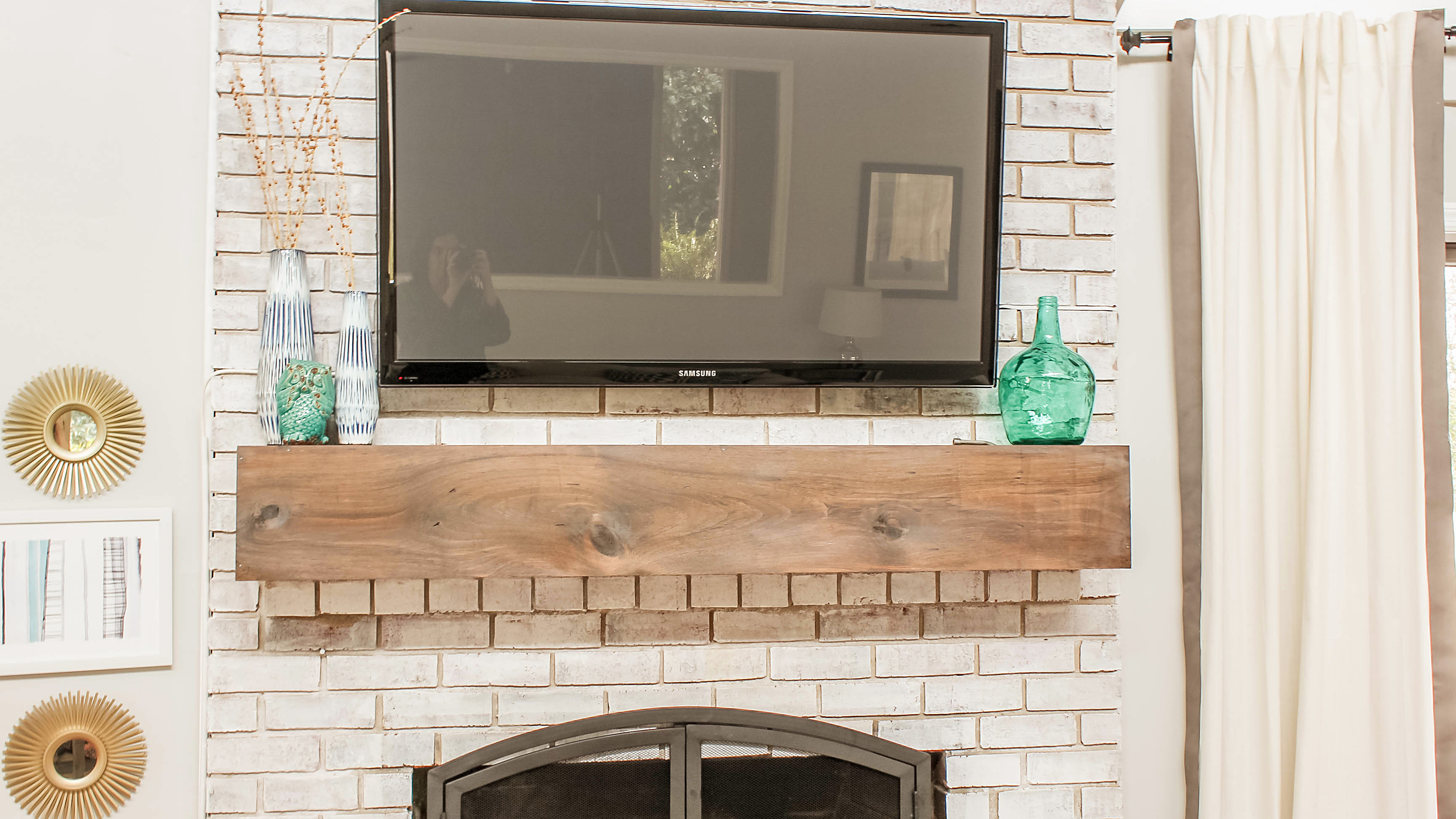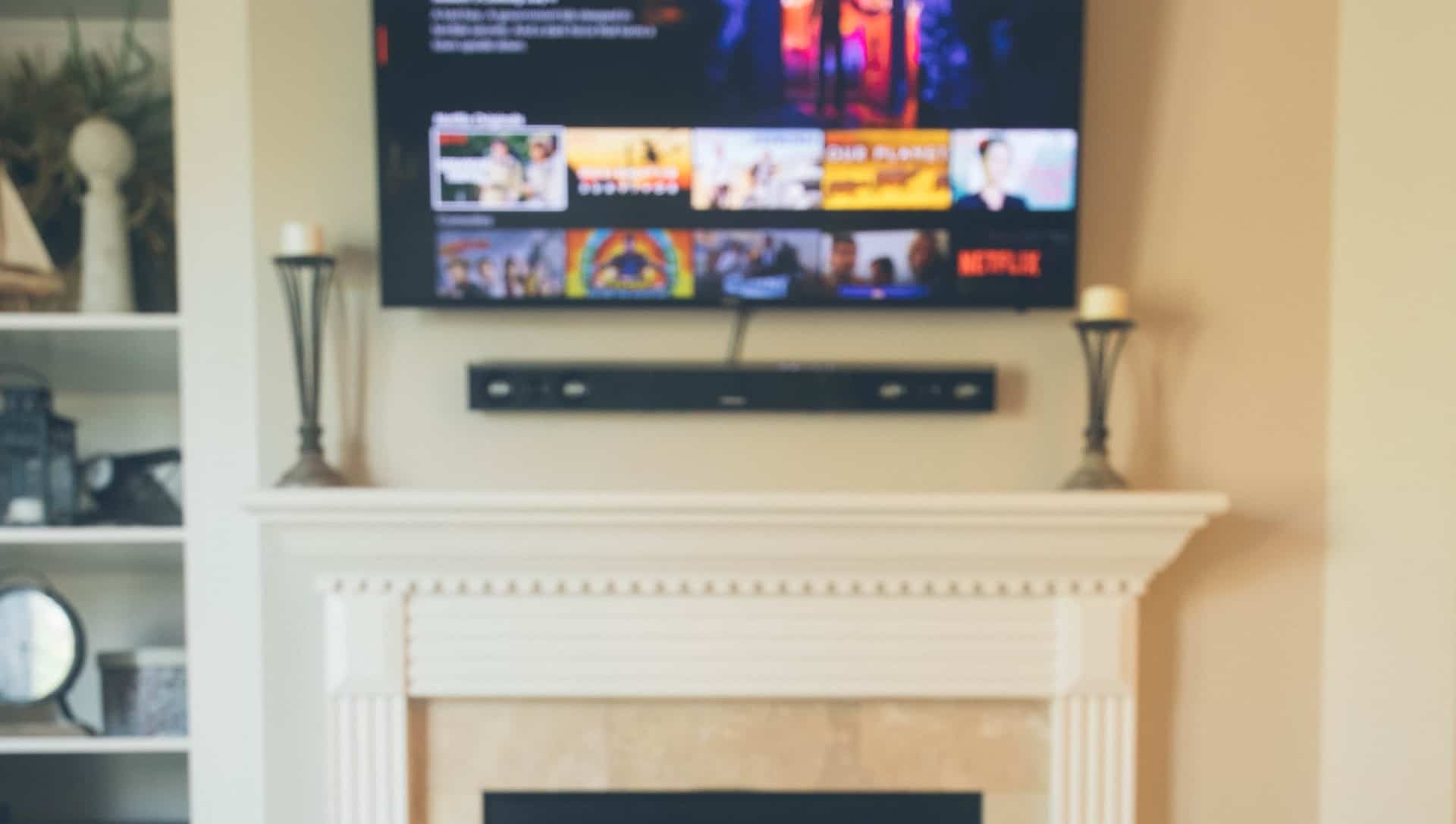How To Mount A Tv Above A Fireplace
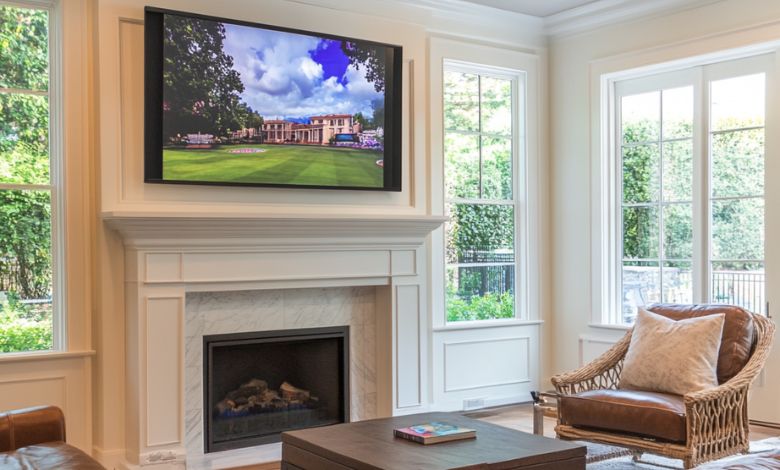
Frequently Asked Questions: Mounting a TV Above Your Fireplace
Mounting a TV above a fireplace can be a great way to save space and create a focal point in a room. However, it's not always a straightforward project. Here are some of the most common questions homeowners and facility managers have about this type of installation, answered clearly and concisely.
Is it a good idea to mount a TV above a fireplace?
That depends! While it looks appealing, there are important factors to consider. Here's a breakdown:
- Pros: Saves space, creates a focal point, can enhance viewing experience.
- Cons: Potential for neck strain due to high viewing angle, heat from the fireplace could damage the TV, difficult cable management, can impact aesthetics.
Consider your viewing habits and room layout. If you frequently use the fireplace, or if the viewing angle is excessively high, it might not be the best choice.
What are the potential risks of mounting a TV above a fireplace?
Several risks are associated with this type of installation:
- Heat Damage: Excessive heat from the fireplace can damage the TV's internal components, shortening its lifespan or causing it to malfunction.
- Neck Strain: Looking upwards at a steep angle for extended periods can cause neck pain and discomfort.
- Structural Integrity: The wall above the fireplace may not be strong enough to support the weight of the TV, leading to a potential collapse.
- Cable Management Issues: Hiding cables can be challenging, resulting in an unattractive and cluttered appearance.
- Aesthetic Concerns: The TV might look out of place if the design doesn't complement the surrounding décor.
Mitigating these risks is crucial. Use a mantel to deflect heat, choose a tilting mount, and carefully assess the wall's structural integrity.
How do I protect my TV from the heat of the fireplace?
Protecting your TV from heat is paramount. Here's how:
- Install a Mantel: A mantel acts as a heat shield, deflecting rising heat away from the TV. The wider and deeper the mantel, the better the protection.
- Measure the Temperature: Before installing the TV, run the fireplace at its highest setting for a few hours and measure the temperature of the wall above the mantel with a thermometer. Make sure it stays within the TV manufacturer's recommended operating temperature range (usually below 100°F or 38°C).
- Choose a Full-Motion Mount: A full-motion mount allows you to pull the TV away from the wall when the fireplace is in use, providing additional heat protection.
- Consider an Electric Fireplace: If you're concerned about heat, an electric fireplace is a safer alternative. It provides ambiance without generating excessive heat.
- Ventilation: Ensure good ventilation around the TV. Don't enclose it in a tight space that traps heat.
Regularly monitor the temperature above the fireplace when it's in use, especially during extended periods.
How do I determine the correct height for mounting the TV?
Optimal viewing height is crucial for comfort. Here's how to calculate it:
- Eye Level: When seated, your eyes should be level with or slightly above the center of the TV screen.
- Measure Seating Height: Measure the distance from the floor to your eyes when you're sitting in your usual viewing position.
- Account for Mantel Height: Factor in the height of the mantel when determining the TV's placement. The higher the mantel, the higher the TV will need to be mounted.
- Use a Tilting Mount: If you have to mount the TV higher than ideal, a tilting mount can help improve the viewing angle and reduce neck strain.
- Consider Screen Size: Larger screens can be mounted slightly higher without causing excessive neck strain.
Experiment with different viewing angles before permanently mounting the TV to ensure optimal comfort.
What type of TV mount should I use?
The right mount depends on your needs and the specific installation:
- Fixed Mount: A fixed mount holds the TV close to the wall and provides no adjustability. It's the most basic and affordable option, suitable if you're confident in your placement.
- Tilting Mount: A tilting mount allows you to angle the TV downwards, which can be helpful if it's mounted high above the fireplace.
- Full-Motion (Articulating) Mount: A full-motion mount allows you to extend, swivel, and tilt the TV, providing maximum flexibility in viewing angle and access to the back of the TV for cable management.
- Consider the TV Weight: Always choose a mount that is rated to support the weight of your TV.
- Stud Placement: Ensure the mount can be securely attached to wall studs for maximum stability.
Research and compare different mounts to find the one that best suits your needs and budget.
How do I hide the cables?
Hiding cables is essential for a clean and professional look. Here are some options:
- In-Wall Cable Management Kit: This kit allows you to run cables through the wall, concealing them from view. It typically includes a power relocation kit that you might need to have installed by an electrician depending on your location's electrical codes.
- Cable Concealer: A cable concealer is a plastic channel that attaches to the wall and hides the cables. It's a less invasive option than in-wall wiring.
- Behind-the-TV Cord Hider: These are small boxes or fabric sleeves designed to conceal the cords immediately behind the TV.
- Furniture with Cable Management: Choose furniture with built-in cable management features to help keep your entertainment area organized.
- Professional Installation: Consider hiring a professional installer to handle the cable management. They have the tools and expertise to conceal cables effectively.
Plan your cable management strategy before you start the installation to avoid headaches later on.
Can I do this myself, or should I hire a professional?
Whether to DIY or hire a pro depends on your skills and comfort level:
- DIY if: You're comfortable working with tools, have experience with basic electrical wiring (if you're relocating the power outlet), and are confident in your ability to follow instructions.
- Hire a Professional if: You're not comfortable with DIY projects, the installation involves complex wiring or structural modifications, or you simply want to ensure a professional and safe installation.
- Considerations: Weigh the cost of professional installation against the potential cost of mistakes if you attempt the project yourself.
- Safety First: Always prioritize safety. If you're unsure about any aspect of the installation, it's best to hire a professional.
Remember to check local building codes before starting any electrical or structural work. Improper installation can be dangerous and may violate local regulations.
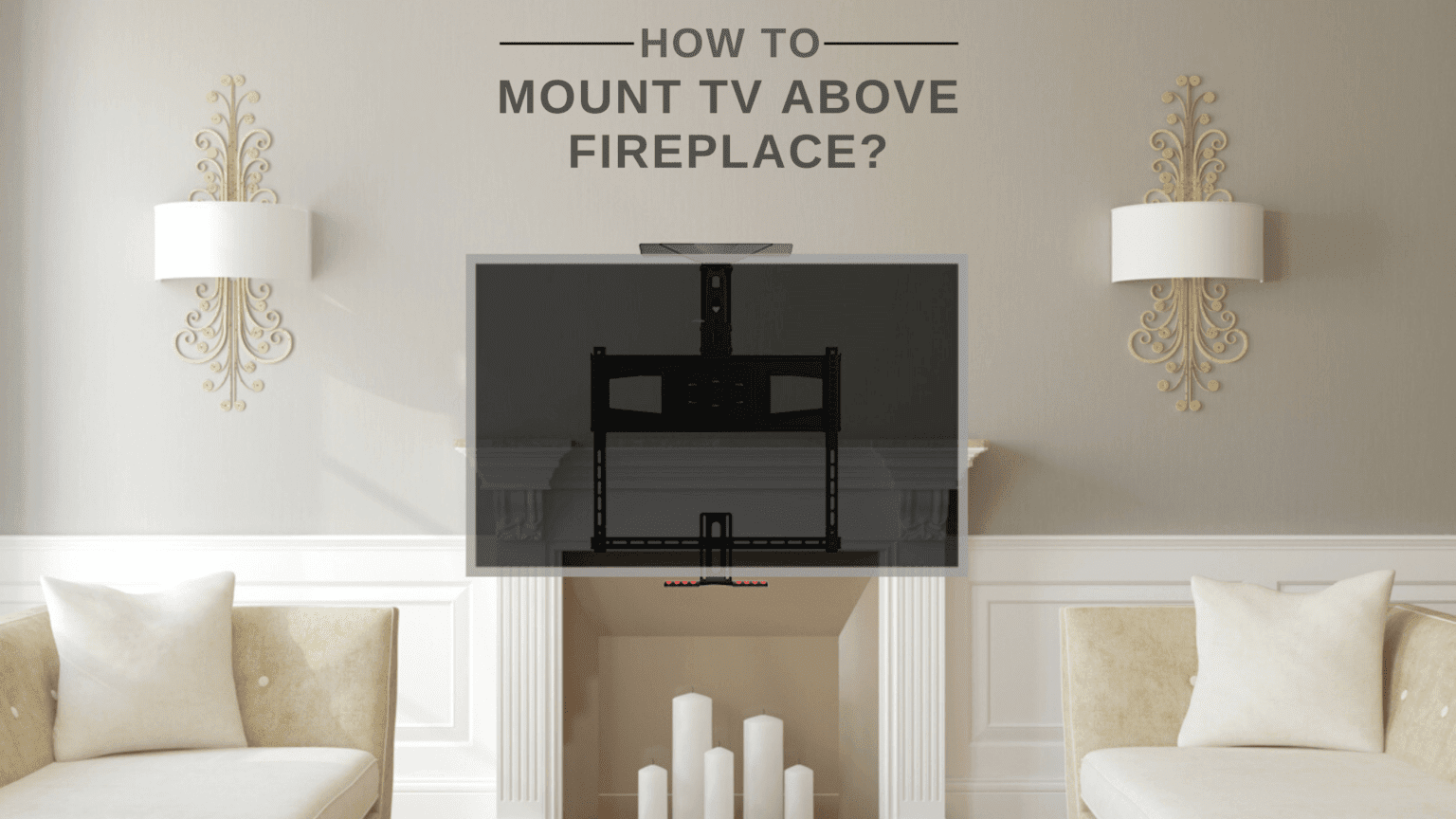
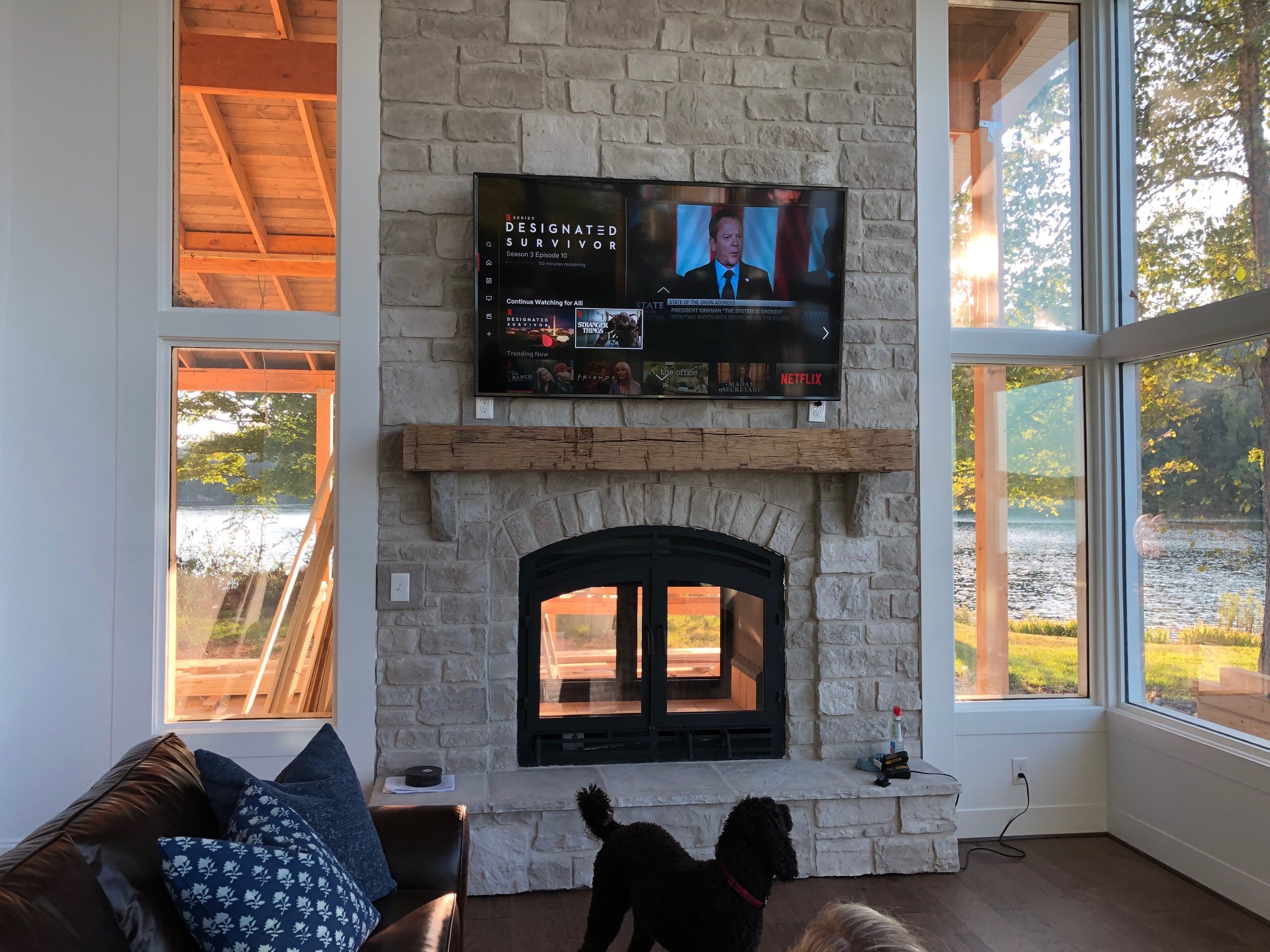
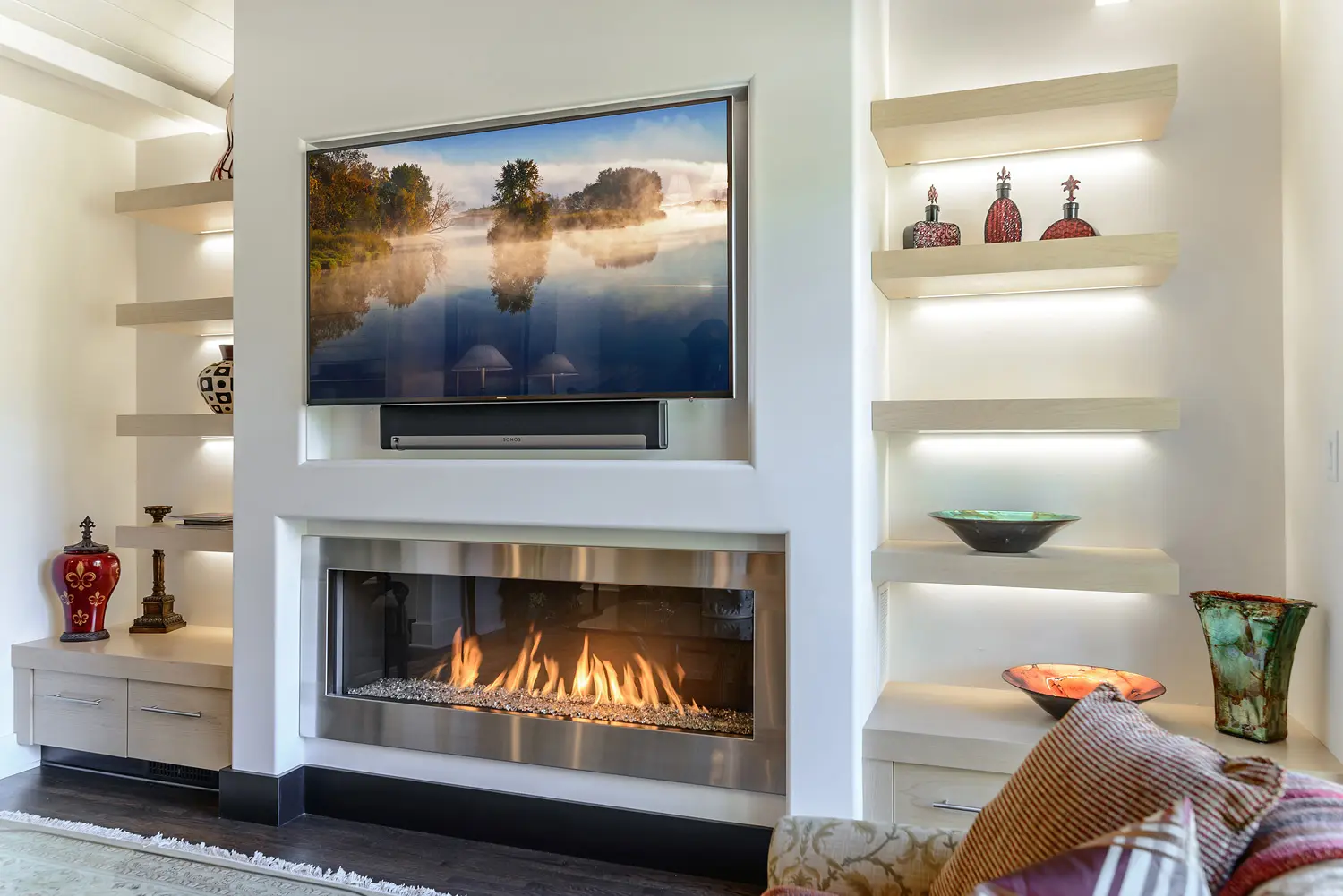
.jpg?width=4032&name=Image%20from%20iOS%20(62).jpg)
